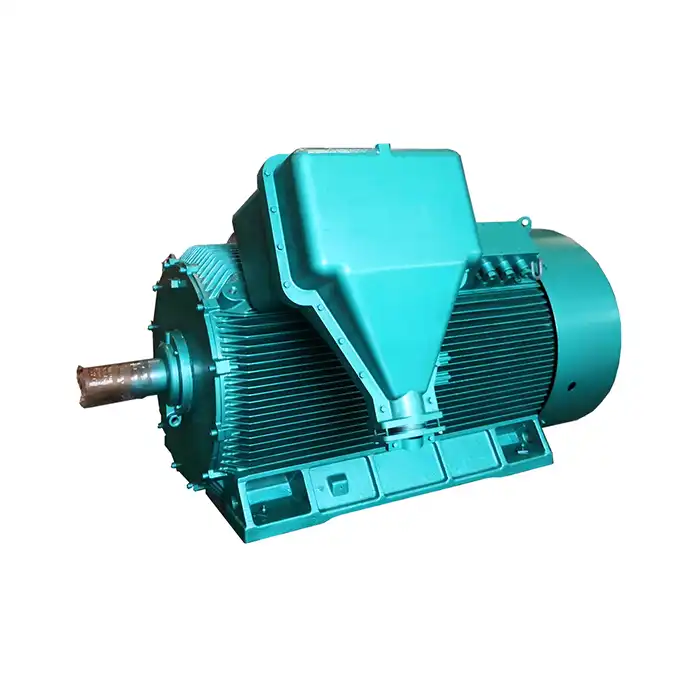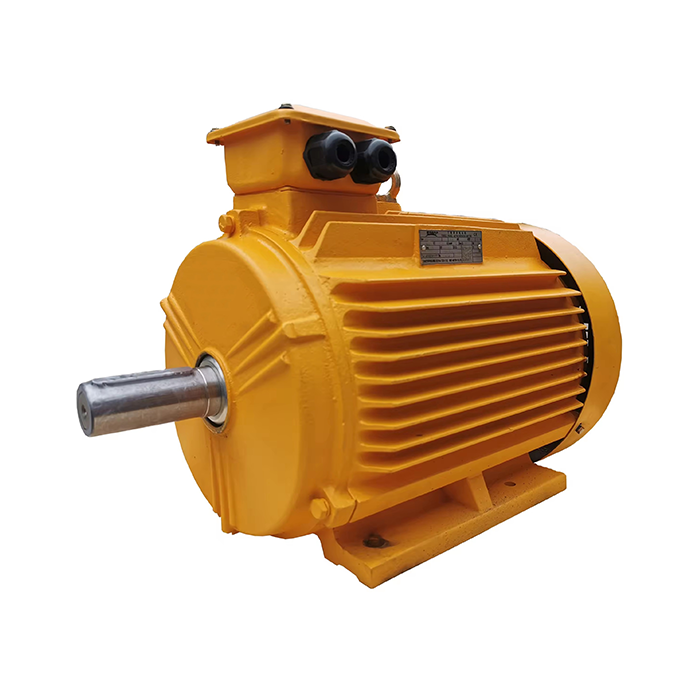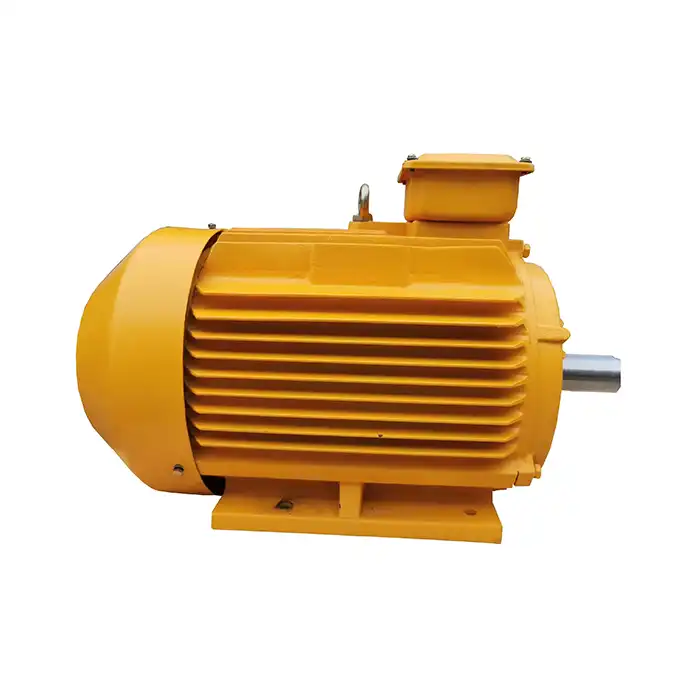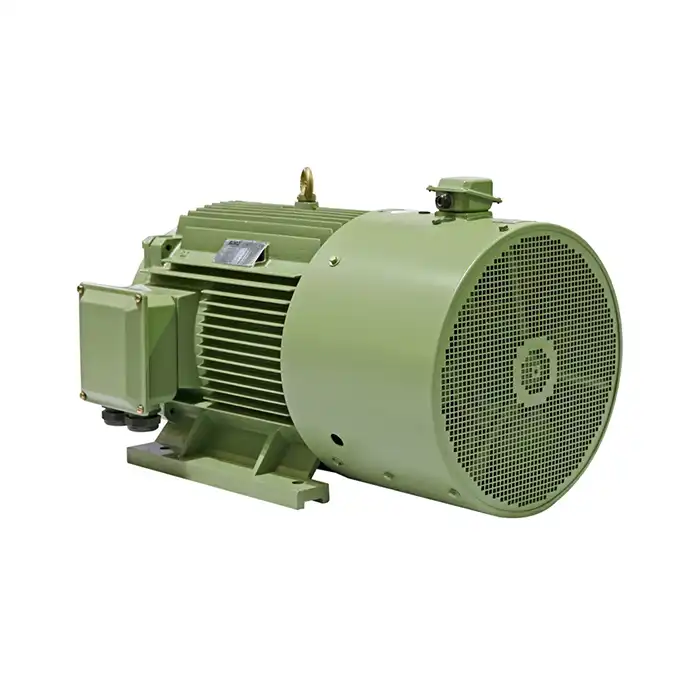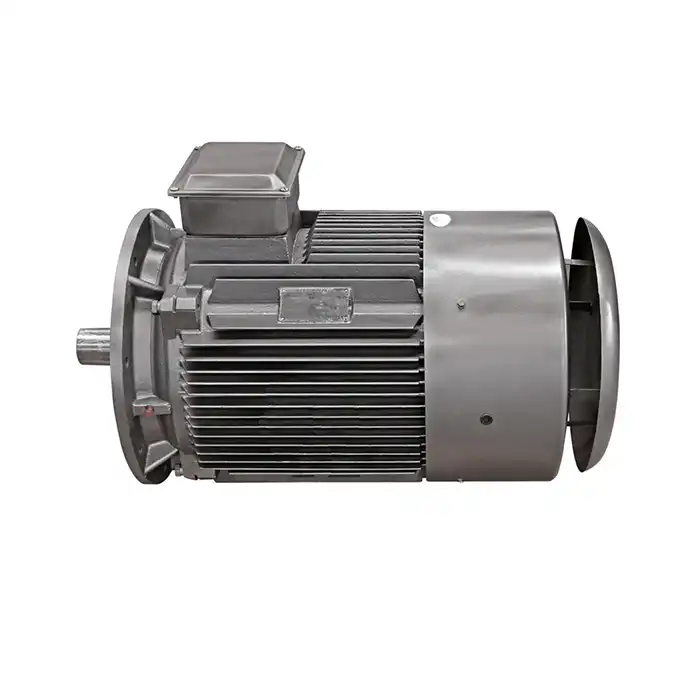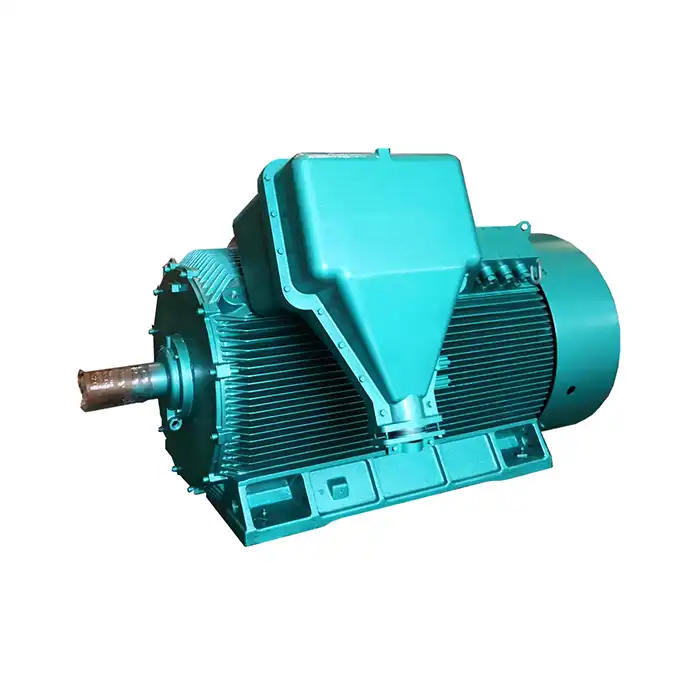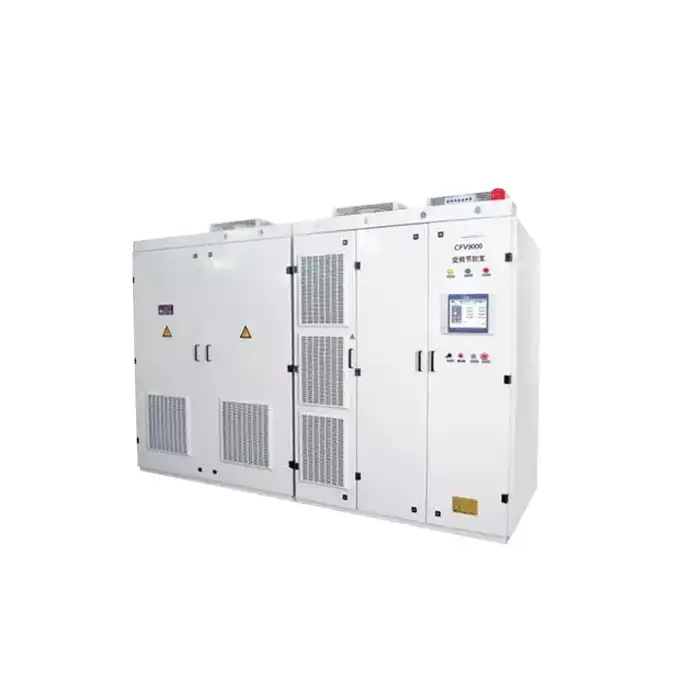How to Diagnose Overheating in a water cooled electric motor?
Overheating is a common issue that can significantly impact the performance and lifespan of water cooled electric motors. Identifying the root cause of overheating is crucial for maintaining optimal motor function and preventing costly breakdowns. This comprehensive guide will walk you through the process of diagnosing overheating in water cooled electric motors, providing valuable insights and practical tips for industrial professionals.
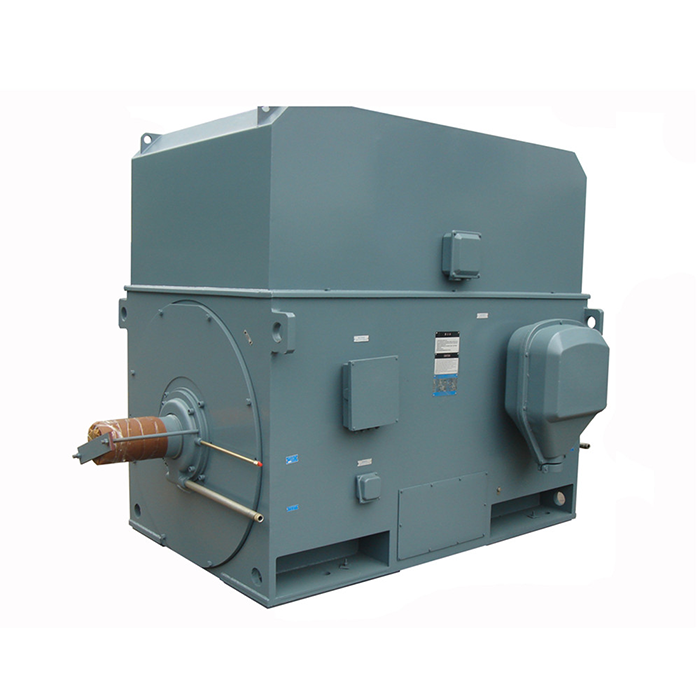
Series:YKS
Protection level:IP54
Voltage range:3000V±5%,3300V±5%,6000V±5%,6600V±5%,10000V±5%,11000V±5%
Power range:220-6300 kW
Application:fans, water pumps, compressors, crushers, cutting machine tools, transportation machinery, etc.
Advantage:low noise, low vibration, long service life, easy installation and maintenance.
Standard: This series of products complies withGB/T 1032 and GB/T 13957 standards.
Others: SKF, NSK, FAG bearings can be replaced according to customer requirements.
Common Causes of Motor Overheating
Understanding the potential reasons behind motor overheating is the first step in effective diagnosis. Let's examine some of the most frequent culprits:
Cooling System Malfunctions
The cooling system plays a vital role in regulating the temperature of a water cooled electric motor. When this system is compromised, the water cooled electric motor can overheat rapidly, even under normal operating loads. Problems often arise from coolant leaks that reduce the overall circulation efficiency or from clogged coolant passages that restrict flow. A faulty water pump can fail to maintain consistent pressure, while inefficient heat exchangers may struggle to transfer heat away from the water cooled electric motor. These malfunctions often combine to create hotspots, leading to insulation breakdown, reduced efficiency, and premature motor failure if not promptly addressed.
Electrical Issues
Electrical faults are another common contributor to overheating in motors. Voltage imbalances between phases place uneven stress on the windings, generating excess heat in certain areas. Overloading the motor, whether through excessive demand or incorrect sizing, forces it to operate beyond its rated capacity, raising temperatures quickly. Damaged windings, often caused by insulation failure, increase resistance and reduce efficiency. Additionally, poor power quality, such as harmonic distortion or unstable voltage supply, interferes with smooth operation and amplifies heat buildup. Left unresolved, these electrical issues not only reduce motor lifespan but also risk sudden breakdowns and costly unplanned downtime.
Mechanical Factors
Mechanical problems within the motor or its connected system can also lead to dangerous overheating. Misaligned shafts place uneven pressure on components, creating unnecessary friction and strain. Worn bearings generate additional resistance during operation, which translates into excess heat. Excessive vibration, often caused by imbalance or loose fittings, further accelerates wear and thermal stress. Inadequate lubrication exacerbates these conditions by preventing smooth movement and increasing metal-to-metal contact. Over time, these mechanical faults can escalate into significant damage, causing both temperature spikes and reduced operational reliability. Proactive inspection and timely maintenance are essential to avoid these overheating risks.
Using Thermal Imaging for Diagnosis
Thermal imaging is a powerful tool for identifying overheating issues in water cooled electric motors. This non-invasive technique allows for quick and accurate temperature measurements without interrupting motor operation.
Benefits of Thermal Imaging
Thermal imaging offers several advantages in diagnosing motor overheating:
- Rapid identification of hot spots
- Non-contact measurement
- Ability to detect hidden issues
- Visual representation of temperature distribution
Conducting a Thermal Imaging Inspection
To perform an effective thermal imaging inspection:
- Ensure the motor is operating under normal load conditions
- Use a high-quality thermal camera
- Scan the entire motor, paying attention to key areas like bearings and windings
- Compare temperature readings to manufacturer specifications
- Look for unusual temperature patterns or hot spots
Interpreting Thermal Images
When analysing thermal images of water cooled electric motors, consider the following:
- Compare temperatures of similar components
- Look for symmetry in temperature distribution
- Identify any areas with abnormally high temperatures
- Consider the motor's operating conditions and environment
Preventive Maintenance Checklist
Regular preventive maintenance is key to avoiding overheating issues in water cooled electric motors. Implement the following checklist to keep your motors running smoothly:
Cooling System Maintenance
- Check coolant levels and quality regularly
- Inspect hoses and connections for leaks
- Clean heat exchangers periodically
- Test water pump functionality
Electrical System Checks
- Measure voltage balance across all phases
- Monitor current draw under various load conditions
- Perform insulation resistance tests on windings
- Check all electrical connections for tightness
Mechanical Inspections
- Assess bearing condition through vibration analysis
- Check shaft alignment
- Lubricate bearings according to manufacturer specifications
- Inspect motor mounts and foundations
Environmental Considerations
- Ensure adequate ventilation around the motor
- Monitor ambient temperature in the motor's environment
- Keep the motor clean and free from dust and debris
- Protect the motor from exposure to corrosive substances
Conclusion
Diagnosing overheating in water cooled electric motors requires a systematic approach and attention to detail. By understanding common causes, utilising thermal imaging technology, and implementing a comprehensive preventive maintenance programme, you can significantly reduce the risk of motor failure due to overheating. Regular monitoring and prompt addressing of issues will ensure optimal performance and longevity of your water cooled electric motors.
Are you looking for reliable and efficient water cooled electric motors for your industrial applications? Shaanxi Qihe Xicheng Electromechanical Equipment Co., Ltd. specialises in providing high-quality power equipment solutions tailored to your specific needs. Our team of experts is dedicated to delivering energy-efficient, low-consumption, and stable power equipment while offering comprehensive pre-sales and after-sales support. Whether you're in manufacturing, process control, HVAC, energy and utilities, or other industrial sectors, we have the expertise to meet your requirements. Contact us today at xcmotors@163.com to learn more about our water cooled electric motor solutions and how we can help optimize your operations.
FAQ
How often should I inspect my water cooled electric motor for signs of overheating?
Regular inspections are crucial for maintaining the health of your water cooled electric motor. It's recommended to perform visual checks weekly and conduct more thorough inspections, including thermal imaging, on a monthly or quarterly basis, depending on the motor's usage and operating conditions.
Can ambient temperature affect the performance of a water cooled electric motor?
Yes, ambient temperature can impact the performance of a water cooled electric motor. High ambient temperatures can reduce the cooling system's efficiency, potentially leading to overheating. It's important to ensure proper ventilation and consider additional cooling measures in high-temperature environments.
What are the signs that my water cooled electric motor may be overheating?
Common signs of overheating in a water cooled electric motor include unusual noises, increased vibration, reduced performance, tripping of thermal protection devices, and a noticeable increase in the motor's surface temperature. If you observe any of these signs, it's crucial to investigate the cause promptly to prevent potential damage.
References
1. Smith, J. (2021). Thermal Management in Electric Motors: Principles and Practices. Journal of Electric Motor Engineering, 45(3), 112-128.
2. Johnson, A., & Brown, L. (2020). Preventive Maintenance Strategies for Water-Cooled Electric Motors. Industrial Maintenance Quarterly, 18(2), 67-82.
3. Garcia, M. et al. (2022). Application of Thermal Imaging in Electric Motor Diagnostics. IEEE Transactions on Industrial Electronics, 69(8), 7845-7856.
4. Wilson, R. (2019). Common Causes of Electric Motor Failure: A Comprehensive Review. Power Systems Technology, 33(4), 201-215.
5. Lee, S., & Park, K. (2021). Cooling System Design Optimisation for High-Power Electric Motors. International Journal of Heat and Mass Transfer, 168, 120954.
6. Thompson, D. (2020). Best Practices in Electric Motor Maintenance for Industrial Applications. Maintenance Engineering Handbook (5th ed.). New York: Industrial Press.



